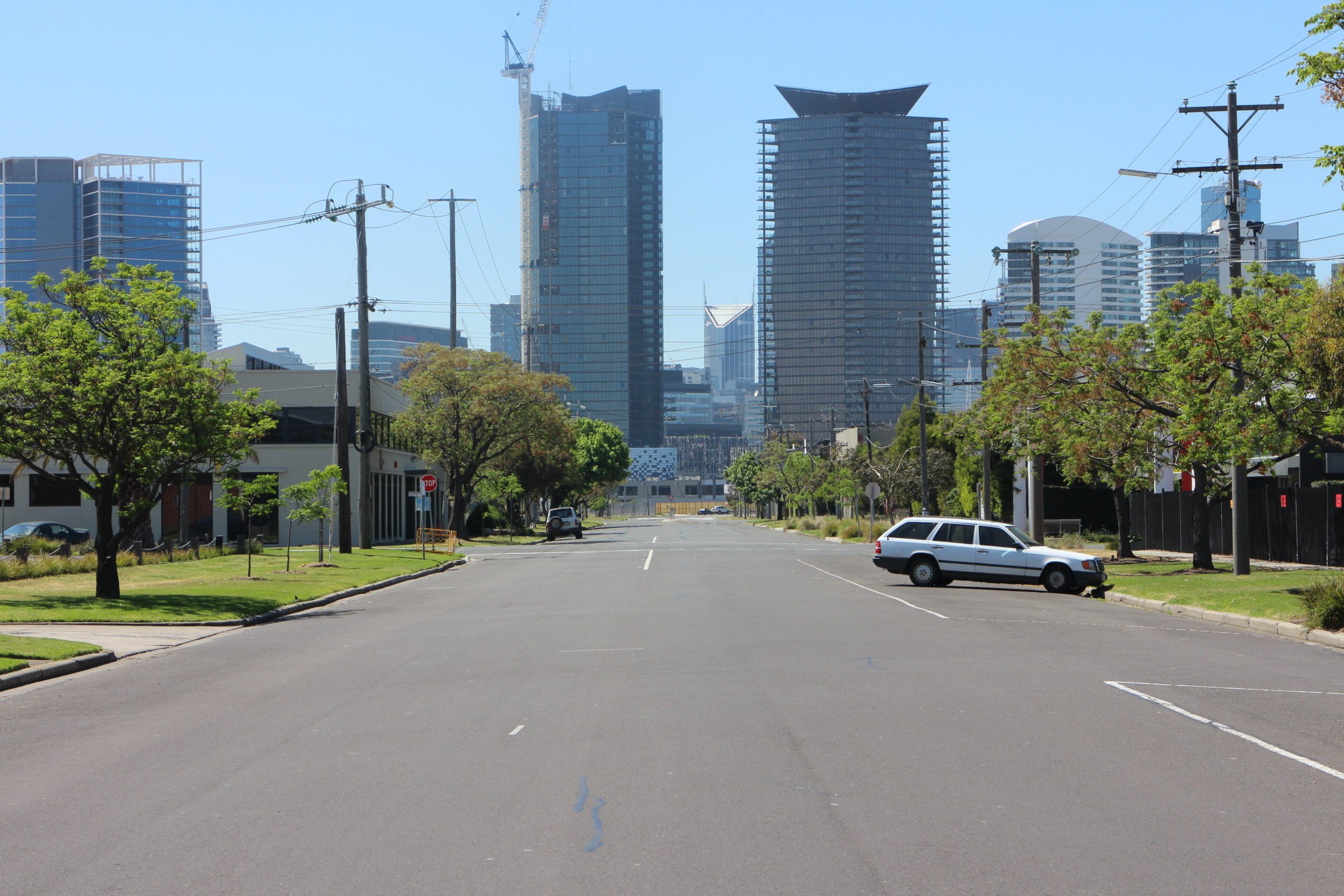
A fresh look at Fishermans Bend?
While indifferent to the arbitrarily determined start date of summer, I can’t get enough of the bark shedding on the angophora costata in Port Melbourne – revealing the fresh skin of the tree underneath.
Cautious hope and optimism have emerged with change of government on 29 November. Fragile hope that old thinking – such as that freeways are the way to resolve urban congestion – may be replaced with fresh public transport priority thinking. Tentative optimism that there is a possibility of a different approach to the renewal of Fishermans Bend from the chaotic, market driven approach – to a more thoughtful and considered way of going about this massive project. Planning approvals already given may make this change as or more difficult than unravelling the East West Link contracts.
Until quite recently, Williamstown Road divided the residential and industrial areas of Port Melbourne absolutely. The only people who crossed the road on foot were heading to the the Port footy ground and their one eyed purpose blinded them to the dangers of the traffic. Otherwise, walkers did not generally cross Williamstown Road. The traffic taming approaches that we have got so used in Port Melbourne are absent and the car rules on the west side of that busy road.
That changed with Bunnings. There was a reason to cross Williamstown Road. The weekly sausage sizzle is now a mainstay in the fundraising of many community groups. People cross back and forth across Williamstown Road bearing plants, (it seems to be mainly people buying plants that walk to Bunnings) their journeys mapped in abandoned trolleys.
The Salford Lads Club and Globe’s refurbishment of a former chocolate factory followed, and has been much quoted as a case study of the adaptive re-use of industrial heritage buildings. Matilda Bay was the next venture to entice people across the road into Fishermans Bend. An evolutionary change driven by creative industries was occurirng in this interesting block bounded by Bertie, Bridge and Fennell Streets.
Things are changing. No sooner had I spotted this poster from Matilda Bay in Bay Street, than it is on the move. With land values so inflated in Fishermans Bend, it is unlikely that this gradual evolution of the precinct will continue.
In Fishermans Bend, the roads are wide. The footpaths are wider. As Rob Adams* says ‘we must re-purpose what we’ve got to meet the challenges of climate change and population growth’. Here are roads to re-purpose for walking and cycling and large sites that could be re-imagined in many ways to achieve the population densities sought for Fishermans Bend.
The election of the Labor government is an opportunity to pause and re-think Fishermans Bend as a wholistic urban renewal project not just focused on exciting architecture but on community infrastructure, transport and open space within a sustainability framework. Rezoning the precinct from the Capital City Zone would be a strong first step towards achieving more diverse outcomes in Fishermans Bend.
*Director of City Design at the City of Melbourne

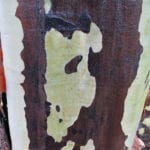

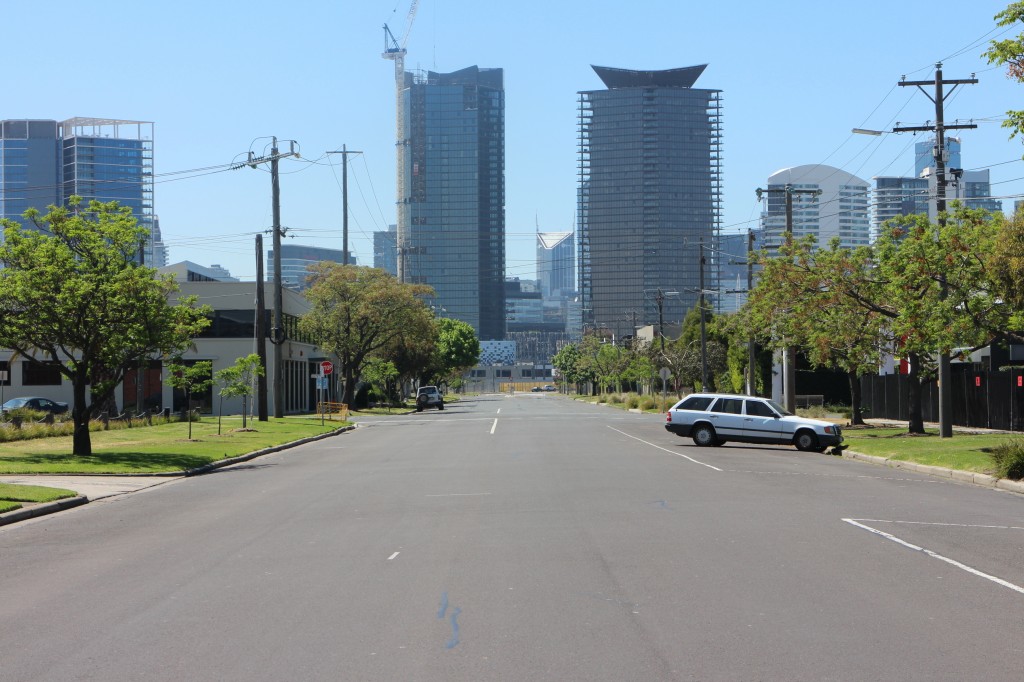
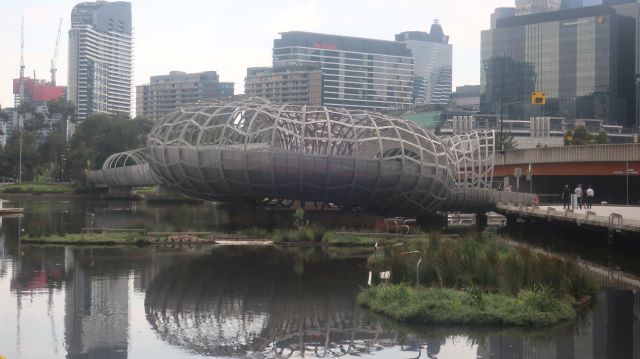

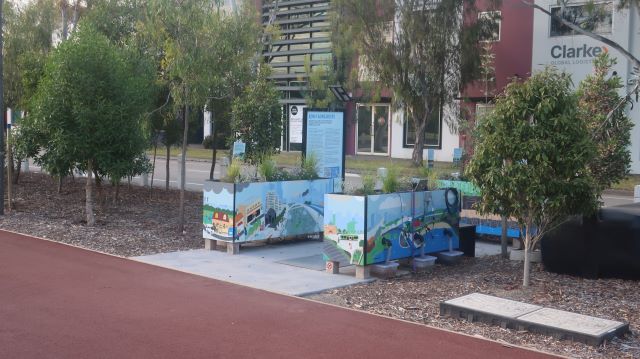
Leave a Reply